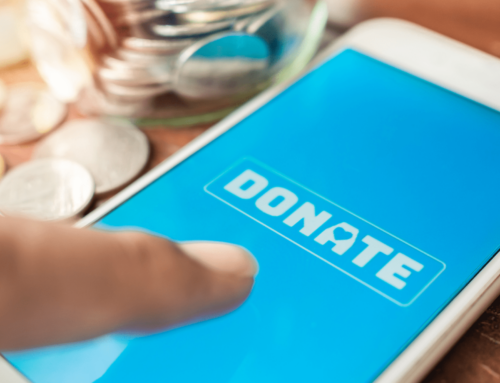Whether your nonprofit is large or small, you likely don’t know all of your supporters personally, but chances are you have a great tool to help you get to know them better: your database. It can tell you a lot about who your people are and give you clues for how to best communicate with them.
Table of Contents
Knowing Your People
Fundraising is typically not the most appealing part of the job for nonprofit staff, but using the data you have right in front of you can make it easier. When you know more about your people, you can begin to understand them better and communicate more effectively with them.
A good database can help you keep track of all the details you need to know, such as if someone has volunteered with your organization, if they tend to donate online or by check, if they have recurring donations set up, and how much they typically donate.
Your database should also include employment info to help you find people who can support your organization in other ways, such as with event planning, volunteer recruitment, or catering. Identifying college students can be useful too. Although their budgets may be tighter than if they have a full-time job, college students can be dedicated volunteers, and they often have the time to spare.
Some databases, such as the Aplos Nonprofit CRM, let you view relationships between your contacts. Knowing who knows someone else can be a great conversation starter in addition to helping with volunteer recruitment or fundraising.
Monitoring Giving Data
Giving data prompts natural opportunities to engage with your supporters. Many nonprofits welcome first-time donors, but monitoring your giving data can help you do much more. When someone has given a few one-time gifts, that can be a great time for you to encourage them into a deeper relationship with your organization by inviting them to become a recurring donor.
Your data can help you identify when someone suddenly stops giving, providing an opportunity for you to follow up and possibly re-engage them. Perhaps they lost their job, disagreed with something in your last newsletter, or haven’t received any recent communication from your organization. Following up with lapsed donors shows them you care and lets you clear up any potential misunderstandings. You can also point them to other ways they can be involved with your nonprofit, and if their financial situation improves in the future, they may resume their giving since they are still connected to your cause.
If you do wealth screening, you can identify who may be able to give more to your organization. Building those relationships may raise funds for your nonprofit, and those relationships can also help increase awareness of your cause.
Keeping Your Data Clean
Good data is important for reaching your supporters, so you should occasionally take some time to clean up your database. Duplicate contacts that cause people to receive multiple emails is unprofessional, and people may get annoyed and unsubscribe. If your data is inaccurate or old, you may not be able to reach people at all.
Duplicates and incorrect mailing addresses may also cost your nonprofit money. Aplos offers Address Verification, which syncs nightly with the USPS database to always keep your contacts’ addresses up to date.
Making Communications Personal
You may not be able to communicate with all of your supporters individually, but you can do some things to make communications more personal. Segmenting your communication to target the donors you are looking for with specific appeals is a great place to start. Many software programs, including Aplos, allow you to create custom lists for targeted communication. As tempting as it may be to communicate with everyone the same way, it’s not the best way to reach your people since they are more likely to respond to something that seems personalized to them.
Another simple implementation is to use people’s names rather than addressing your communications using “Dear Friend.” Their names are already in your database, so use them.
You may also want to evaluate how you communicate, whether it’s through emails, print, phone calls, or text messages. What types of communications do your people typically respond to? That answer won’t be the same for all of your contacts, so consider using different forms of communication for different people.
Saying Thank You
Saying thank you isn’t just a kind thing to do; it’s part of a reciprocal relationship between you and your donors. The contributions you receive aren’t just dollars added to your funds. Every contribution comes from a person. Even when it’s given from an organization, actual people are behind that gift.
A personal voicemail or a handwritten note can mean a lot and help your organization stand out in someone’s mind. Delegating some of these tasks to volunteers or board members is a great way to get them involved while being mindful of your time and your staff’s schedules.
Furthering Your Mission
Your database is a powerful tool for cultivating donor relationships. It’s a valuable resource for your nonprofit, so steward it well. For more information about Aplos Software, check out a free demo to see how it can help you further your mission.





